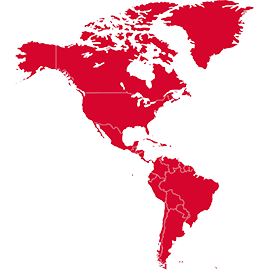At TVH, we combine in-house technical expertise with a very wide range of exhaust parts. This range also includes specific parts to monitor or regulate exhaust emissions:
Soot filter/Diesel particulate filter
A diesel particulate filter (DPF) is a vital part in reducing diesel engine emissions. The DPF is designed to reduce diesel particulate matter that is produced during the combustion process. This filter captures soot particles and ash by physically blocking and collecting them on its filter walls.
Over time, the filter loses its effectiveness due to the accumulation of particles, particularly ash particles. The service life of the filter can be somewhat increased through the regeneration process, where the collected soot is periodically burned off. However, ash particles cannot be burned off.
A diesel particulate filter is highly effective: up to 99% of soot particles are captured and removed from the exhaust.
Catalytic converter
Used within the exhaust system, the catalytic converter reduces harmful pollutants in the exhaust gases like carbon monoxide (CO), nitrogen oxides (NOx) and hydrocarbons (HC), by stimulating several chemical reactions. When these pollutants enter the catalytic converter, they come into contact with a honeycomb-like structure made of ceramic or metal, coated with catalyst materials like platinum, palladium or rhodium. The contact of pollutants with these precious metals result in different chemical reactions:
- Oxidation: CO and HC react with oxygen (O2) to produce carbon dioxide (CO2) and water (H2O), reducing the levels of harmful gases.
- Reduction: NOx is reduced by reacting with CO and HC. This reduction reaction produces N2, CO2 and H2O, reducing the levels of nitrogen oxides.
These chemical reactions convert harmful gases into substances that are inert, or at the least less harmful. The converted exhaust gases now exit the catalytic converter to be released into the atmosphere.
Lambda sensor
Located near the exhaust manifold or in the exhaust pipe (both upstream and downstream of the catalytic converter), is the lambda sensor, also known as an oxygen sensor or O2 sensor. These sensors monitor the oxygen level in the exhaust gases, by generating a voltage signal. When the voltage output is low, this means the air-fuel mixture contains too much oxygen. When the voltage output is high, it indicates a so-called rich air-fuel mixture with insufficient oxygen.
The voltage output is sent to the machine’s engine control unit (ECU), which continuously adjusts the air-fuel mixture into the engine, maintaining an optimal ratio of air and fuel, optimising combustion.





